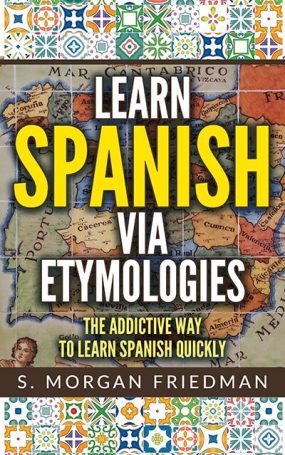The Spanish hallar (“to find”) comes from the Latin afflare (“to blow.”) From that same Latin root we get various f-l words involving blowing, including:
- Flatulence — A fart, after all, is just blowing some air!
- Souffle — With the French prefix sous– (“under”), a souffle is cooked by blowing hot air under the foot!
- Conflate — To blow different things together!
- Inflate — To blow-up something!
All of these share the f-l root. But how did this turn into the Spanish hallar? Well, first remember that the initial F- sound tended to disappear when Latin turned into Spanish; see, fig and higo or fable and hablar. Secondly, note that finding something is just blowing on it, uncovering what was below the dust you blew away!

